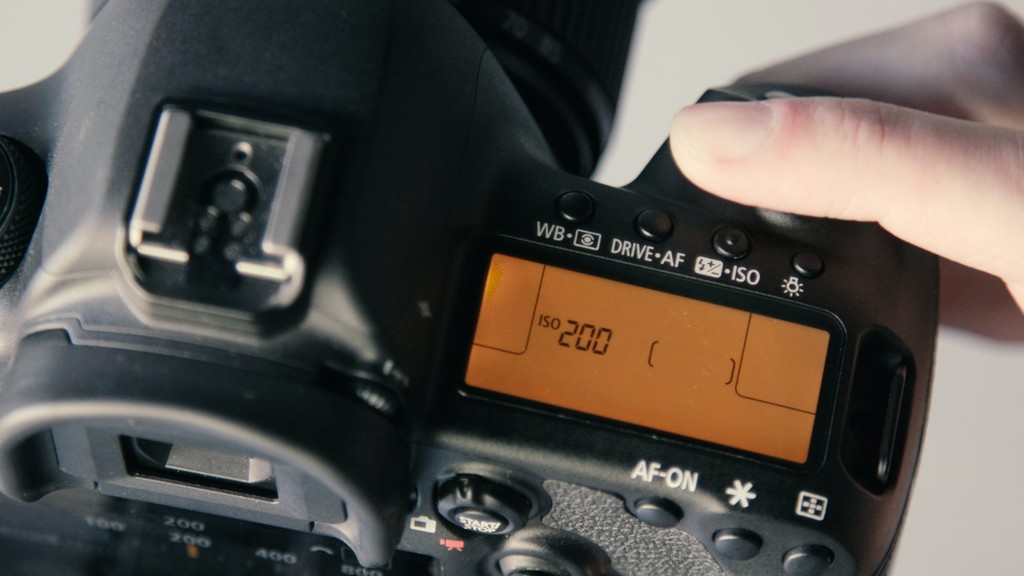
Understanding ISO
March 7, 2023
8 minute read

What is ISO?
ISO stands for the International Organization for Standardization, which, in the context of photography, measures the sensitivity of your camera's image sensor to light. In simpler terms, it determines how much light is required to create a properly exposed image. ISO values are represented by numbers such as ISO 100, ISO 400, ISO 800, and so on. Higher ISO values indicate increased sensitivity to light, allowing you to capture images in low-light conditions.
Controlling Exposure
ISO plays a crucial role in achieving proper exposure, which refers to the balance of light and dark tones in your photograph. Alongside aperture and shutter speed, ISO forms the exposure triangle, where adjustments to one setting affect the others. When shooting in low-light environments or when you desire faster shutter speeds, increasing the ISO allows your camera to capture more light, resulting in a brighter image. Conversely, in well-lit situations, lowering the ISO can help maintain image quality by reducing noise.

Noise and Image Quality
ISO comes with a trade-off: as you increase the ISO, you also increase the likelihood of introducing digital noise into your images. Noise appears as grainy, speckled artifacts, particularly noticeable in areas of uniform color or in shadow regions. The level of noise varies between camera models and sensor sizes, with smaller sensors generally exhibiting more noise at higher ISO values. To maintain image quality, it's generally advisable to keep the ISO as low as possible while still achieving the desired exposure.

Low-Light Photography
One of the significant advantages of ISO is its ability to facilitate low-light photography. By increasing the ISO, you can amplify the sensor's sensitivity, allowing you to capture images in challenging lighting conditions without compromising shutter speed or aperture settings. However, it's essential to strike a balance, as excessively high ISO values can result in significant noise and reduced image quality. Experimenting with different ISO settings in low-light situations will help you find the optimal balance between capturing the scene and minimizing noise.
Tips for Mastering ISO
1. Understand Your Camera's Limitations: Different camera models handle high ISO values differently. Familiarize yourself with your camera's performance at various ISO settings to determine the threshold at which noise becomes prominent.
2. Use Lower ISO in Ideal Lighting: In well-lit situations, such as outdoor daylight, choose the lowest ISO setting (usually around ISO 100 or 200) to minimize noise and maximize image quality.
3. Increase ISO in Low-Light Conditions: When shooting in low-light environments or when you need faster shutter speeds, increase the ISO gradually to ensure proper exposure while monitoring the noise levels.
4. Experiment and Bracket: When uncertain about the optimal ISO for a particular situation, take multiple shots using different ISO settings to compare results and determine the most suitable choice for the given conditions.
5. Post-Processing Noise Reduction: If noise is noticeable in your images, various post-processing tools and software can help reduce noise and improve overall image quality.
